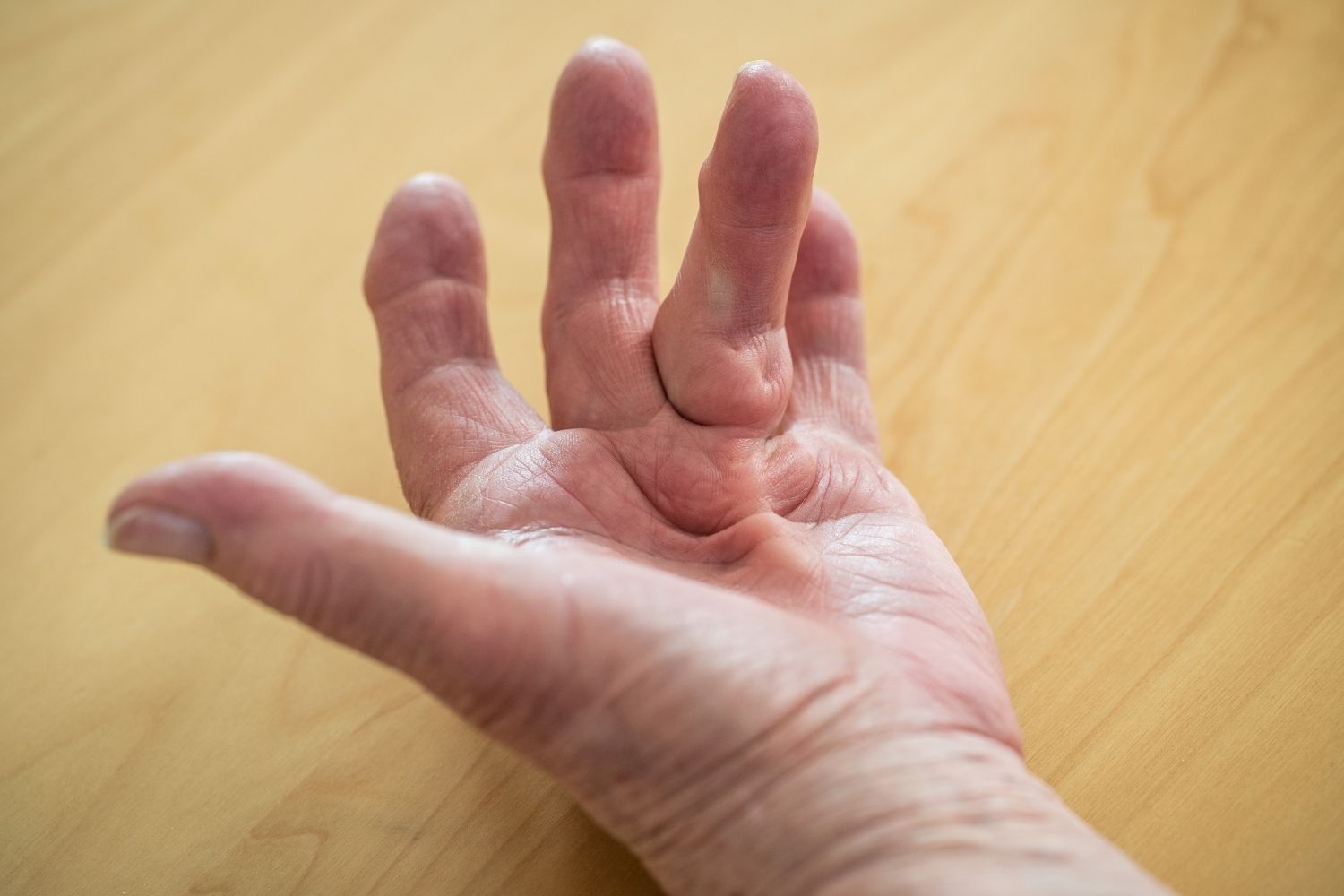
Dupuytren fracture might sound like a complicated medical term, but it's actually a specific type of injury that affects the bones in your hand. Named after the French surgeon Baron Guillaume Dupuytren, this fracture typically involves the metacarpal bones, which are the long bones in your hand. Understanding this injury is crucial because it can impact your ability to grip, hold, and perform everyday tasks. In this post, we'll break down 50 essential facts about Dupuytren fractures, from causes and symptoms to treatment options and recovery tips. Whether you're a student, a curious reader, or someone dealing with this condition, you'll find valuable information to help you navigate through it.
Key Takeaways:
- Dupuytren Fracture causes fingers to bend, making it hard to straighten them. It's more common in men, often appears after 40, and has genetic factors. Treatment options range from exercises to surgery.
- Living with Dupuytren Fracture can be managed with hand exercises, occupational therapy, and assistive devices. Research is ongoing to understand the condition better and develop more effective treatments.
What is Dupuytren Fracture?
Dupuytren Fracture, also known as Dupuytren's Contracture, is a hand condition affecting the connective tissue under the skin of the palm. This condition can cause the fingers to bend towards the palm, making it difficult to straighten them. Here are some fascinating facts about this condition.
- Named after French surgeon Baron Guillaume Dupuytren, who first described it in 1831.
- It primarily affects the ring and little fingers.
- The condition is more common in men than women.
- Typically appears after the age of 40.
- Genetic factors play a significant role in its development.
- More prevalent in people of Northern European descent.
- Often referred to as "Viking disease" due to its prevalence in Scandinavian countries.
- The exact cause remains unknown.
- Not caused by an injury or overuse of the hand.
- Early signs include lumps or nodules in the palm.
Symptoms and Diagnosis
Understanding the symptoms and how Dupuytren Fracture is diagnosed can help in early detection and treatment.
- Symptoms progress slowly over years.
- Nodules may feel tender initially but usually become painless.
- The skin on the palm may appear puckered or dimpled.
- Fingers gradually lose the ability to straighten.
- Diagnosis is primarily based on physical examination.
- Doctors may perform the "tabletop test" to check if the hand can lie flat on a surface.
- Ultrasound can be used to assess the extent of the condition.
- X-rays are not typically required for diagnosis.
- Blood tests are not useful in diagnosing Dupuytren Fracture.
- Family history is often considered during diagnosis.
Treatment Options
There are various treatment options available for Dupuytren Fracture, ranging from non-invasive methods to surgical interventions.
- Mild cases may not require treatment.
- Stretching exercises can help maintain finger mobility.
- Splinting is generally not effective.
- Steroid injections can reduce inflammation and pain.
- Collagenase injections can break down the thickened tissue.
- Needle aponeurotomy involves using a needle to break the cords of tissue.
- Fasciectomy is a surgical procedure to remove the affected tissue.
- Dermofasciectomy involves removing the skin over the affected area.
- Radiation therapy can be used in early stages to slow progression.
- Physical therapy is often recommended post-surgery.
Living with Dupuytren Fracture
Living with Dupuytren Fracture can be challenging, but there are ways to manage the condition and maintain quality of life.
- Regular hand exercises can improve flexibility.
- Occupational therapy can help adapt daily activities.
- Assistive devices can make tasks easier.
- Avoiding smoking may slow the progression.
- Maintaining a healthy weight can reduce strain on the hands.
- Some people find relief with massage therapy.
- Acupuncture is an alternative treatment some consider.
- Keeping hands warm can reduce stiffness.
- Using ergonomic tools can prevent further strain.
- Support groups provide emotional and practical support.
Research and Future Directions
Ongoing research aims to better understand Dupuytren Fracture and develop more effective treatments.
- Genetic studies are exploring the hereditary nature of the condition.
- Researchers are investigating the role of specific proteins in tissue thickening.
- New drug therapies are being tested in clinical trials.
- Advances in surgical techniques aim to improve outcomes.
- Stem cell research holds potential for future treatments.
- Biomechanical studies are examining how hand movements affect the condition.
- Patient registries are helping track long-term outcomes.
- Collaboration between international researchers is accelerating progress.
- Public awareness campaigns are educating people about early signs.
- Funding for research is increasing as the condition becomes better understood.
Final Thoughts on Dupuytren Fracture
Dupuytren fracture, though not as common as other hand injuries, can significantly impact daily life. Understanding its causes, symptoms, and treatment options is crucial for managing this condition effectively. Early diagnosis and intervention often lead to better outcomes, reducing the risk of long-term complications. If you suspect a Dupuytren fracture, consult a healthcare professional promptly. They can provide tailored advice and treatment plans to help you regain hand function and improve your quality of life. Remember, knowledge is power. Staying informed about conditions like Dupuytren fracture empowers you to make better health decisions. Keep an eye out for any unusual symptoms in your hands and don't hesitate to seek medical advice when needed. Your hands are essential tools for everyday tasks, so taking care of them should always be a priority.
Frequently Asked Questions
Was this page helpful?
Our commitment to delivering trustworthy and engaging content is at the heart of what we do. Each fact on our site is contributed by real users like you, bringing a wealth of diverse insights and information. To ensure the highest standards of accuracy and reliability, our dedicated editors meticulously review each submission. This process guarantees that the facts we share are not only fascinating but also credible. Trust in our commitment to quality and authenticity as you explore and learn with us.
